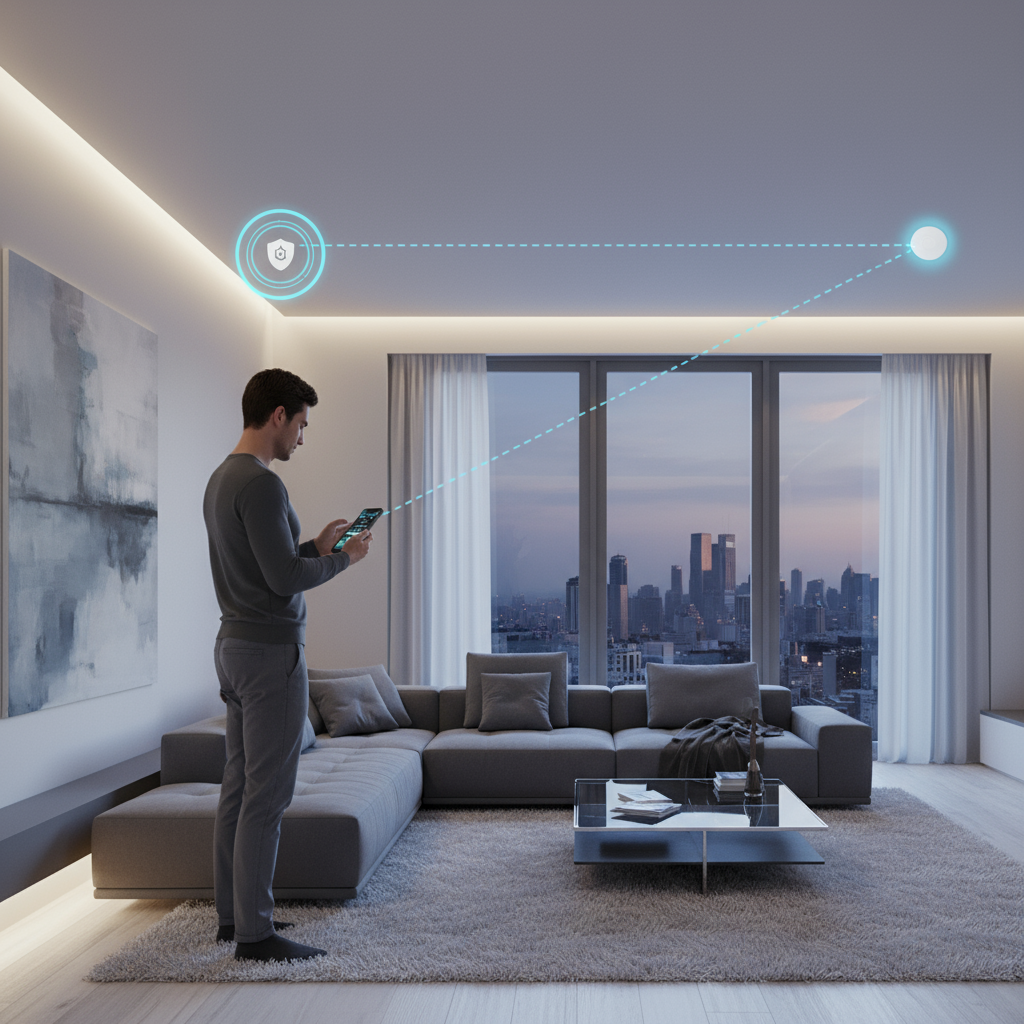The DECT Technologies

The DECT Family of Standards
DECT technology has evolved over time in order to address needs across different industries, with DECT NR+ being the latest addition. Through three decades of development, business continuity has been assured as co-existence has been at the core of all networks deployed. In this way, it is possible to deploy the parallel operation of a number of networks in the same space without jeopardising the reliability and autonomy of each of the deployments.
The role of the DECT Forum has been to bring together innovative technologies and to provide a new impetus for connectivity in business and in everyday life for consumers. Based on our best Quality of Service assurance and our certification processes, we ensure that our family of standards not only meets today’s market requirements, but also those of the future. Never losing sight of the need to provide maximum compatibility means that products and services will remain reliable, fail-safe and will provide long-term continuity for businesses.
The diagram below provides a visual representation of the various DECT technologies and their target use cases.
NR+ (New Radio Plus)
DECT NR+ is the world’s first non-cellular 5G standard, tailored for Industrial IoT (IIoT), smart factories, automation, and mission-critical applications that need reliable, low-latency, and scalable connectivity.
Standardised by ETSI, NR+ is the latest evolution of the DECT standard, approved by the International Telecommunication Union (ITU-R) in 2021 as part of the IMT-2020 family of 5G standards. The ITU defines the standards, requirements, and performance targets that 5G networks and devices must meet to be considered compliant.
Unlike earlier versions of the DECT standard, NR+ leverages Orthogonal Frequency Division Multiplexing (OFDM) modulation techniques known from cellular technology. NR+ is built to meet the demanding Ultra Reliable Low Latency Communication (URLLC) and massive Machine Type Communication (mMTC) requirements set out in the IMT-2020 framework.
True to DECT’s core principle of ongoing compatibility, every network – up to and including NR+ – is designed for coexistence, allowing the parallel operation of a number of networks in the same physical space without
jeopardising the reliability and autonomy of each of the deployments.
The ultra reliable and low latency capabilities of NR+ are also ideal for professional audio, video and other applications with strict latency or reliability requirements.


Classic DECT Technology
As the global standard for cordless telephony, DECT technology remains widely deployed in both residential single-cell systems and enterprise-grade multi-cell environments. Its role has also expanded beyond traditional telephony, supporting a broad range of audio applications such as baby monitors, wireless microphones, and headsets.
With its dedicated frequency band enabling interference-free communication, DECT continues to stand out for its reliability, robustness, and ease of deployment — qualities that ensure it remains a trusted foundation for high-quality voice and audio solutions today and into the future.
DECT ULE (Ultra Low Energy)
DECT ULE was the technology’s first step into the Smart Home. ULE is designed for home automation, including battery-powered devices. Major global service providers trust DECT ULE for home security, fire protection and other alarm monitoring services.
DECT ULE has been instrumental in creating safer, smarter homes by providing energy-efficient solutions for real-time monitoring and control.


DECT Evolution
Built on enhancements to the core DECT standard, DECT Evolution introduced innovations such as new DECT frame structures that employ multiple timeslots to carry data payload, advanced modulation schemes and cutting-edge audio codecs. As a result, DECT Evolution achieves higher data rates and reduced latency. These features make it ideal for applications requiring real-time, high-quality audio transmission, such as professional wireless microphones, professional intercoms, gaming headsets & game controllers.
DECT Evolution’s innovations offer lower latency and increased reliability, setting a new standard for industries reliant on fast, efficient data communication.
























